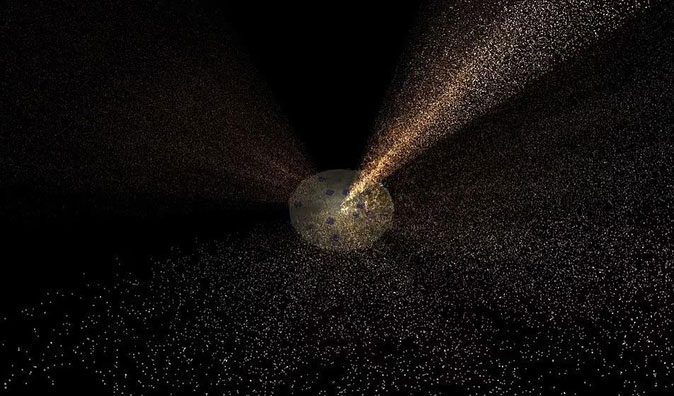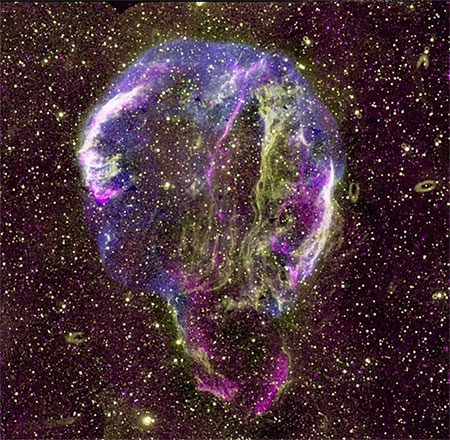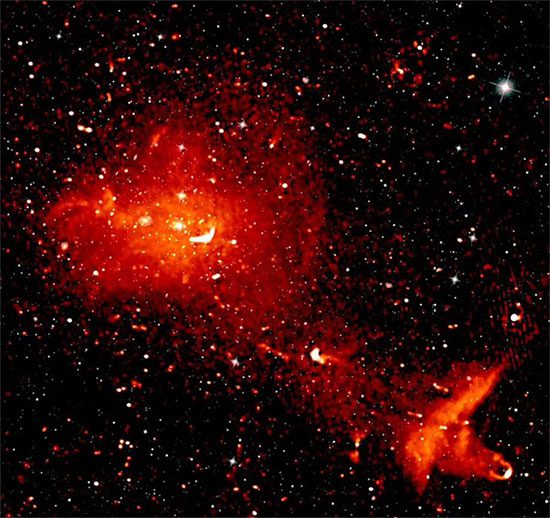Scientists have utilized the Low-Frequency Array (LOFAR) to map over a quarter of the northern sky as viewed from Earth, revealing a plethora of astonishing cosmic phenomena.
The cosmic map takes the shape of a stream of light, containing a dynamic portrayal of the universe, with most objects located billions of light-years away from Earth. Astronomers state that this data will provide new insights into a range of signals observable from Earth, including those from planets, galaxies, supermassive black holes, and countless other fantastical astronomical entities.

The newly released cosmic map – (Image: LOFAR)
The map is a compilation of radio signals recorded from various locations scattered across Europe. According to the Daily Mail, the map has successfully covered 27% of the sky.
LOFAR is a state-of-the-art observational system designed to collect radio signals, particularly ancient radiation emitted from astronomical objects millions to billions of light-years away.

The remnants of the Cygnus supernova – (Image: LOFAR)
LOFAR was first launched in 2010 in the UK, Netherlands, Germany, France, Sweden, and Poland. An array of antennas operating at the lowest FM frequencies has been installed throughout Europe to facilitate observations from Earth.

The Coma Cluster, 300 million light-years from Earth, contains 1,000 galaxies – (Image: LOFAR)
To create the map, the LOFAR team, consisting of various institutions across Europe, deployed a series of advanced data processing algorithms on high-performance computers throughout the continent, accumulating a total of 3,500 hours of observational data.
Among the objects disclosed in this mapping effort, approximately 1 million entities have never been recorded before.
The new cosmic map created by LOFAR




















































